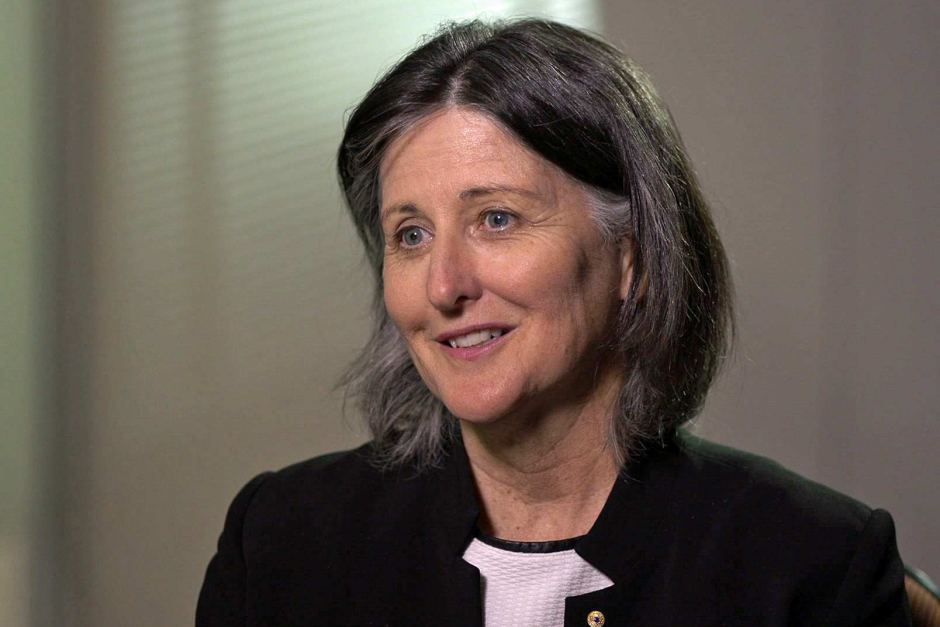Law firms are pushing staff to come back to the office, with many settling on a model that will allow only two days of working from home each week.
While some larger firms are allowing practice teams to draw up their post-pandemic rosters, others are making clear their preference for staff to be ‘‘on site’’ – particularly partners and younger lawyers.
Piper Alderman managing partner Tony Britten-Jones said the firm placed ‘‘a high value on collaboration, team- work, supervision and training’’.
‘‘We feel that for the most part, those tasks and roles are performed better in the team environment which the office environment fosters,’’ he said. ‘‘A footballer can get fit training alone, but solo training all the time is not the way to produce a premiership-winning team. Law firms are not much different.’’
Ashurst managing partner Paul Jen- kins said the 60-40 model allowed ‘‘a combination of flexible working practices and in-person meetings’’.
‘‘What we’ve put in place – and many firms have – is a hybrid working arrangement where we are encouraging people to work within the office around 60 per cent of their time and giving them the flexibility to work from home for 40 per cent of the time,’’ he said. ‘‘If you look at somewhere like Sydney we now have 50 per cent of people back in the office.’’
Mr Jenkins said this facilitated ‘‘collision contacts’’, being the ‘‘unexpected contacts where you are talking about clients and business’’.
Herbert Smith Freehills has updated its agile working policy with an expectation that staff will work in the office ‘‘for an average of 60 per cent of their working time once physical distancing rules have been relaxed’’.
Executive partner (Australia) Andrew Pike said it was important for partners to be in the office from a leadership point of view, and for junior lawyers to be there from a learning point of view.
‘‘We are very focused on our newer members of staff, continuing to learn. And one of the key ways in which they learn – as I learned – is from people who have a lot of experience,’’ he said.
Clayton Utz managing partner Bruce Cooper said the firm had told its lawyers that ‘‘three out of five is appropriate’’.
‘‘What I’m not thinking, and what some partners or some people might want, is the zero [out of] five,’’ he said.
‘‘[They say] ‘I can be more efficient from home’. It’s not about efficiency, it’s about culture and the make-up of the firm.’’
Gilbert + Tobin managing partner Danny Gilbert said the firm was ‘‘letting it unfold, with encouragement to get back into the office’’.
‘‘I would prefer that it depended upon the ordinary human dynamic, where people have conversations about what their preferences and needs are, and work it out,’’ he said.
Lander & Rogers is similarly not placing a hard rule on how often staff need to be in the office, but expects they will naturally fall in line with the 60-40 breakdown. While the firm is not concerned about the efficiency of staff working remotely, managing partner Genevieve Collins said protecting their wellbeing from home was a key concern.
‘‘One issue we are managing is the potential for work and home lives to become blurred as working from home becomes the norm,’’ she said.
Professional services giant KPMG sees more than just the office and home as the future workplace for its workers – under its post-COVID approach to flexibility, it is also factoring in time for its lawyers to be on-site with clients.
‘‘We see the office with a hub approach [going forward, with staff working at] one of three ongoing hubs of office, client and home,’’ head of KPMG Law Kate Marshall said.
Colin Biggers Paisley managing partner Nick Crennan suggested there was a real upside to hybrid working.
‘‘Going into the office will now longer be wrapped up in Monday-to-Friday drudgery,’’ he said. ‘‘It will be a richer experience rather than a day-to-day ritual.’’
This article was republished from the Australian Financial Review, check out the article here!


